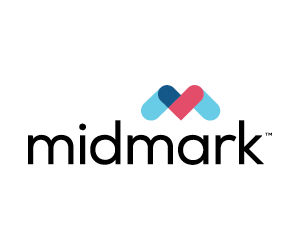2019 AAHA Dental Care Guidelines for Dogs and Cats
For a printable PDF click here.
By three years of age, most dogs and cats have some level of periodontal disease. Not always apparent to pet owners, periodontal disease can cause oral pain, infection, inflammation, and other health problems, decreasing the quality of life for these pets. After a proper dental procedure, many pet owners report the emergence of a “whole new pet”—one who is happier and more active.
The 2019 AAHA Dental Care Guidelines for Dogs and Cats have been developed to improve the quality of life for pets by helping veterinary practitioners navigate the complex and changing world of veterinary dentistry and:
- Expand upon their current client education efforts, so clients can better understand that:
- Periodontal disease can be prevented through regular dental examinations and proper home care
- If left untreated, periodontal disease can lead to chronic pain and suffering
- Effectively address the fear of anesthesia (the most commonly cited reason pet owners forego proper dental procedures) and convey the risks associated with nonanesthetic dentistry with clients
- Stress the importance of regular veterinary dental exams and cleanings to clients
- Revisit anesthetic and analgesic strategies to administer sedation and local and general anesthesia as safely as possible
- Refresh their understanding of essential steps before, during, and after dental procedures
- Be confident in their treatment recommendations, including the science behind the dental products approved by the Veterinary Oral Health Council (VOHC)
The 2019 AAHA Dental Care Guidelines for Dogs and Cats outline a comprehensive approach to support companion animal practices in improving the oral health and often, the quality of life of their canine and feline patients. The guidelines are an update of the 2013 AAHA Dental Care Guidelines for Dogs and Cats. A photographically illustrated, 12-step protocol describes the essential steps in an oral health assessment, dental cleaning, and periodontal therapy. Recommendations are given for general anesthesia, pain management, facilities, and equipment necessary for safe and effective delivery of care. To promote the wellbeing of dogs and cats through decreasing the adverse effects and pain of periodontal disease, these guidelines emphasize the critical role of client education and effective, preventive oral healthcare.
Correspondence: [email protected]
NAD (nonanesthetic dentistry); PD (periodontal disease staging); VOHC (Veterinary Oral Health Council); VTS (Dentistry) (Veterinary Technician Specialist[s] in Dentistry)
These guidelines were prepared by a task force of experts convened by AAHA. This document is intended as a guideline only, not an AAHA standard of care. These guidelines and recommendations should not be construed as dictating an exclusive protocol, course of treatment, or procedure. Variations in practice may be warranted based on the needs of the individual patient, resources, and limitations unique to each individual practice setting. Evidence-based support for specific recommendations has been cited whenever possible and appropriate. Other recommendations are based on practical clinical experience and a consensus of expert opinion. Further research is needed to document some of these recommendations. Because each case is different, veterinarians must base their decisions on the best available scientific evidence in conjunction with their own knowledge and experience.
Note: When selecting products, veterinarians have a choice among those formulated for humans and those developed and approved by veterinary use. Manufacturers of veterinary-specific products spend resources to have their products reviewed and approved by the FDA for canine or feline use. These products are specifically designed and formulated for dogs and cats and have benefits for their use; they are not human generic products. AAHA suggests that veterinary professionals make every effort to use veterinary FDA-approved products and base their inventory-purchasing decisions on what product is most beneficial to the patient.







